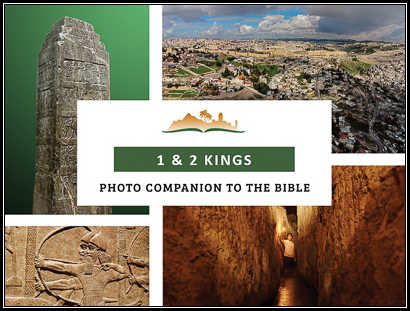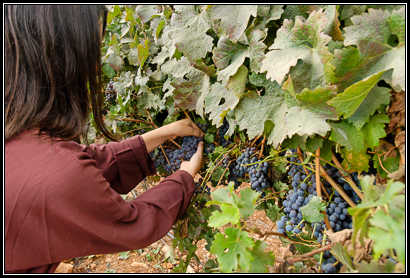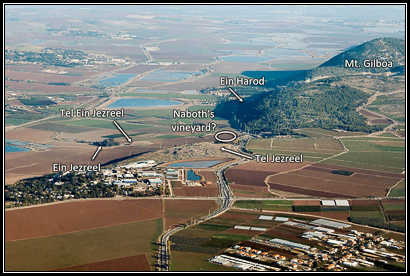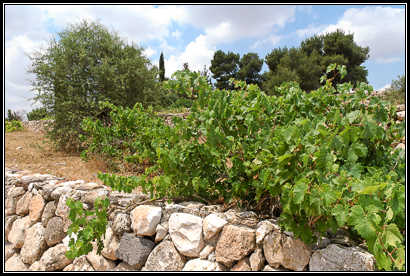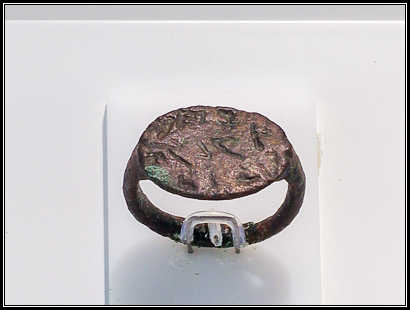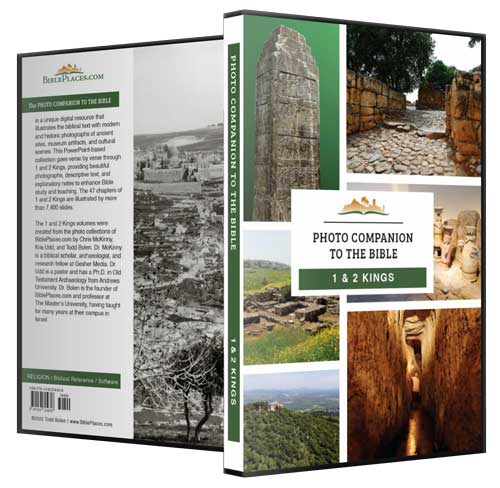You do not need photos to understand the message of the Bible, but visual aids can be very beneficial in enjoying Scripture and apprehending some of its fascinating details. Of course, better than a photograph is being there yourself. Instead of being limited to what’s in the photographer’s frame, you have a 360-degree perspective with all of your senses engaged.
But being there has its limits too. For one thing, you probably can’t be everywhere. That dream trip to Israel—well, you need to follow that up with the dream trip to Turkey. And then there’s still Jordan, Egypt, and Greece. When you’ve been there, you still are missing Lebanon and Syria. And good luck getting to the biblical sites in Iraq and Iran.
But leaving that aside, being on-site is still not enough. You’re still missing out on some things. In many cases, the sites have changed significantly, even in the last 50 years, with construction and renovation and hordes of tourists. But even in those places that seem untouched by time, you are still limited, because the archaeologists carted off all the great finds to the museum. That’s why the tour guide is holding up a binder with a photo of an artifact or a reconstruction drawing, and everyone is crowding around squinting to see it.
These reasons, and some others, ensure that we can never “have it all.” We will always need to travel to one more site, visit one more museum, and research one more discovery. We will always wish we could sweep away the crowds in the viewfinder or travel back in a time machine.
Is there a “next best thing”? I don’t think there will ever be a replacement to being on location. But what would be very helpful is having a collection of images that brings together all that is missing. If you could start with the ground perspective and add some aerial views, photos of artifacts, and historic images, you would certainly have a more comprehensive grasp of the whole.
This vision has been what has been driving us for the last twenty years, and for the last seven years, we have been pulling everything together in a one-stop resource to illustrate the Bible, book by book, chapter by chapter, and verse by verse. We call it the “Photo Companion to the Bible,” and it is a library of images indexed by biblical text and annotated by experts.
I used to think of it as the “holy grail” of photo collections, but now with a team of brilliant colleagues, it’s no longer an impossible dream. We’ve done it. Well, not the whole Bible, but some of the richest portions from a visual perspective. Every chapter in the Gospels, every journey of Paul’s, and every one of Paul’s epistles.
We’ve also finished the historical books from Joshua’s entrance into Canaan to the destruction of the temple at the end of 2 Kings. We have photos of (nearly) every site and (nearly) every artifact. Some sites haven’t been identified, and some artifacts are inaccessible. But I would say that 3,000 photos for 1 Samuel is not too shabby. Or 7,400 photos for 1 & 2 Kings. Big numbers are not always easy to appreciate, but if you break it down, it’s easier: 2 Kings 1 has 80 photos. And every other chapter in 1 & 2 Kings has even more (up to 2 Kings 18—Sennacherib’s attack on Hezekiah—with 310 photos).
We can’t promise that we have everything, but we do have a lot. And if there’s a new discovery this year? We can easily add it, since this is a digital collection and our updates are free. This approach is better for our customers than one that requires purchase of every new edition or one that requires payment of a monthly or annual subscription fee. Buy it now, and it is yours forever, including any updates.
We released the massive 1 & 2 Kings last week, and we’re spreading the word now while the introductory pricing is available. If you think you will ever be doing a more careful study of these books, now is the time to pick up the collection. If you think your pastor or professor or Bible study leader would ever teach on the stories of Elijah and Elisha, or the reigns of Solomon, Ahab, and Hezekiah, this would be a good recommendation to make or gift to provide. There are many good books and commentaries, but Solomon never wrote, “of the making of many photo collections, there is no end” (Eccl 12:12).
Take a look. We have made available for free download the PowerPoints for 1 Kings 9 and 2 Kings 8. Download them and enjoy the wealth of images that illuminate our understanding of the Bible. And then consider how you or someone you know could benefit. This week, 1 Kings is available for $69, 2 Kings is also available for $69, or you can purchase both for $79. That comes out to about $10 per 1,000 photos, all carefully organized and annotated for easy use.
It’s not necessary to have this to treasure the riches of God’s Word, and it will never be enough to satisfy all our curiosities, but perhaps it is the next best thing. It certainly is a useful and inspiring photo companion to the Bible.
Todd Bolen
Photographer, BiblePlaces.com
Professor of Biblical Studies, The Master’s University
